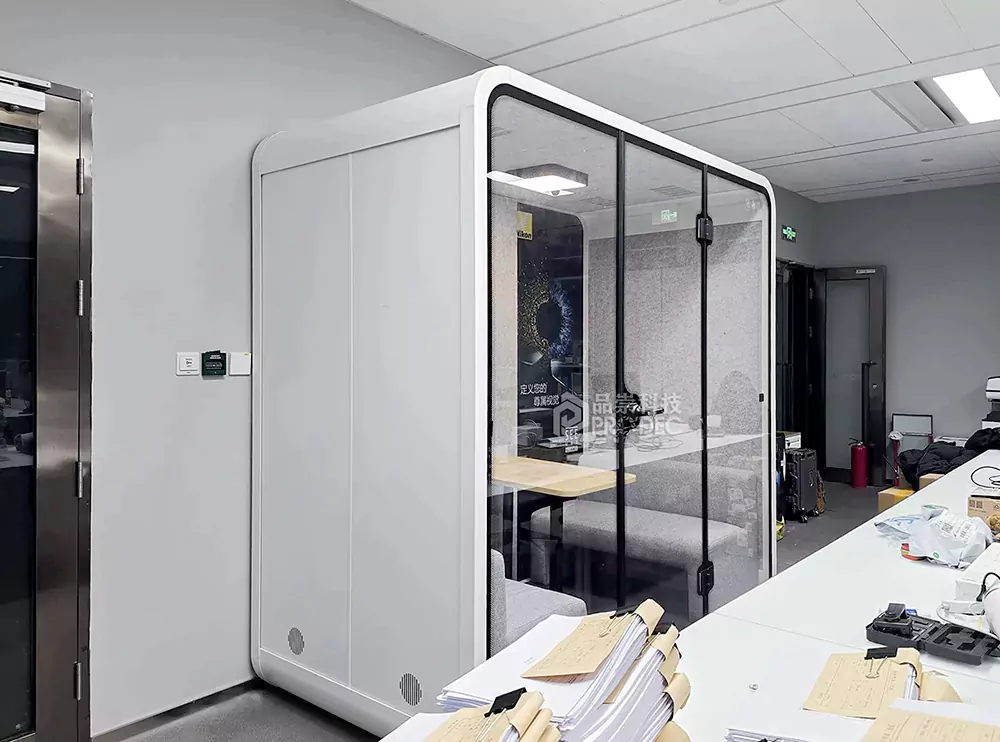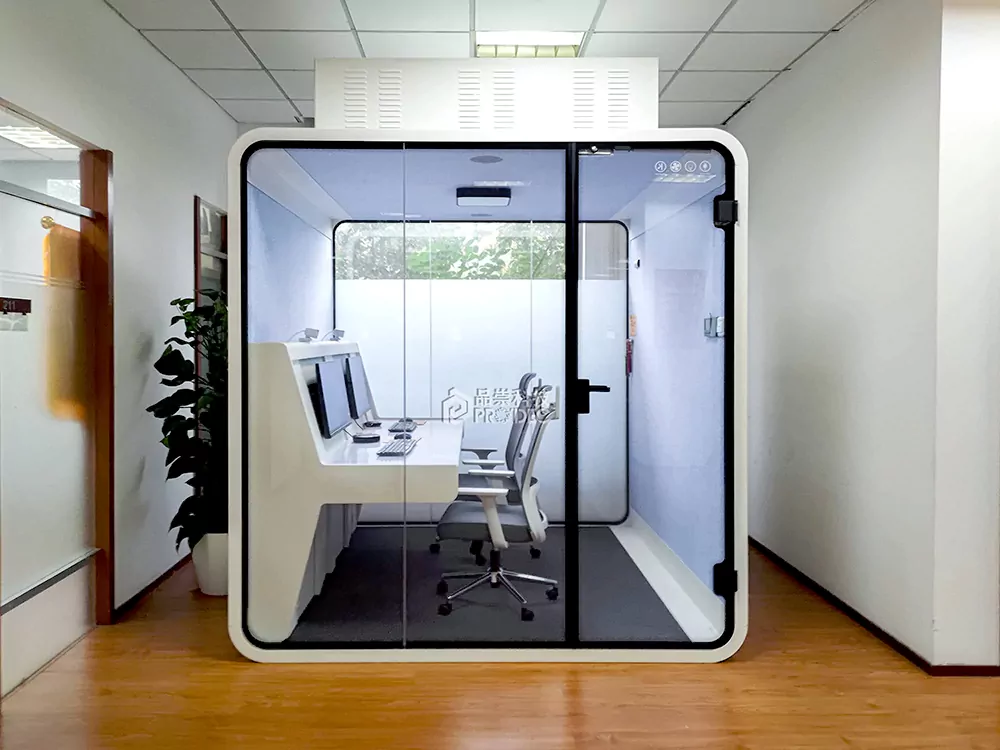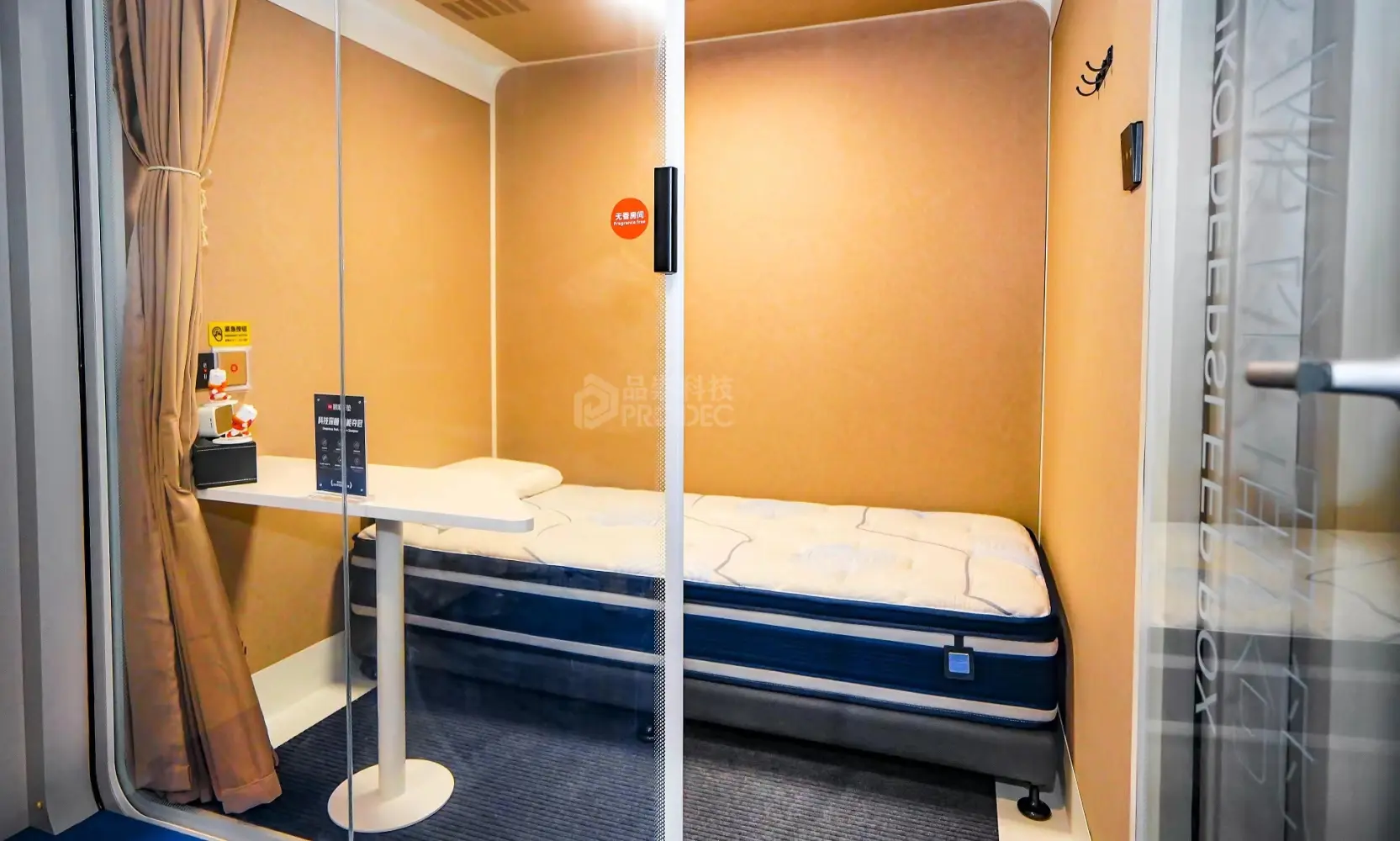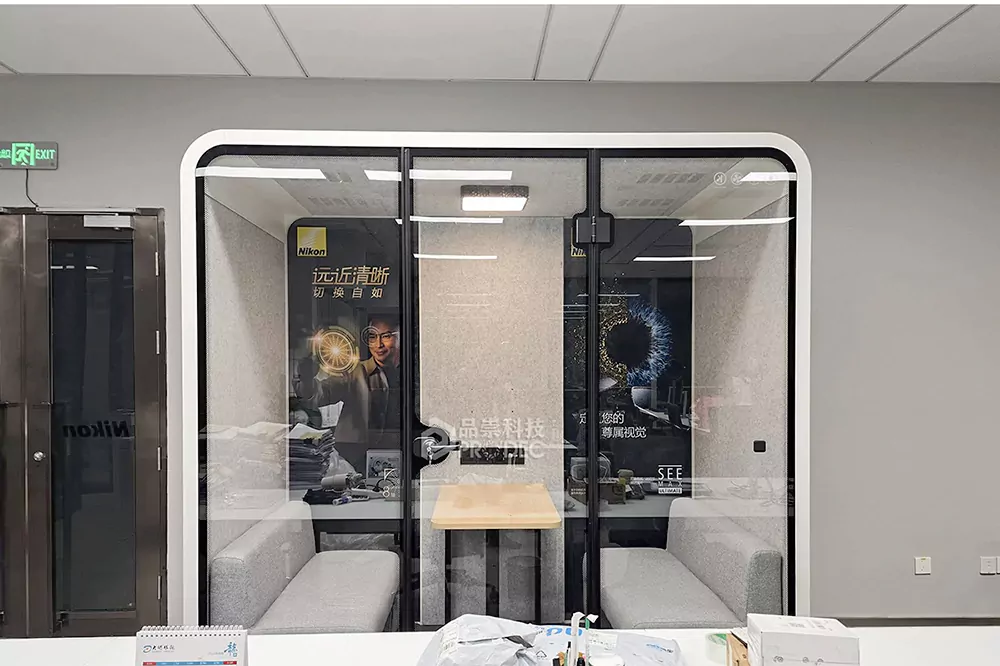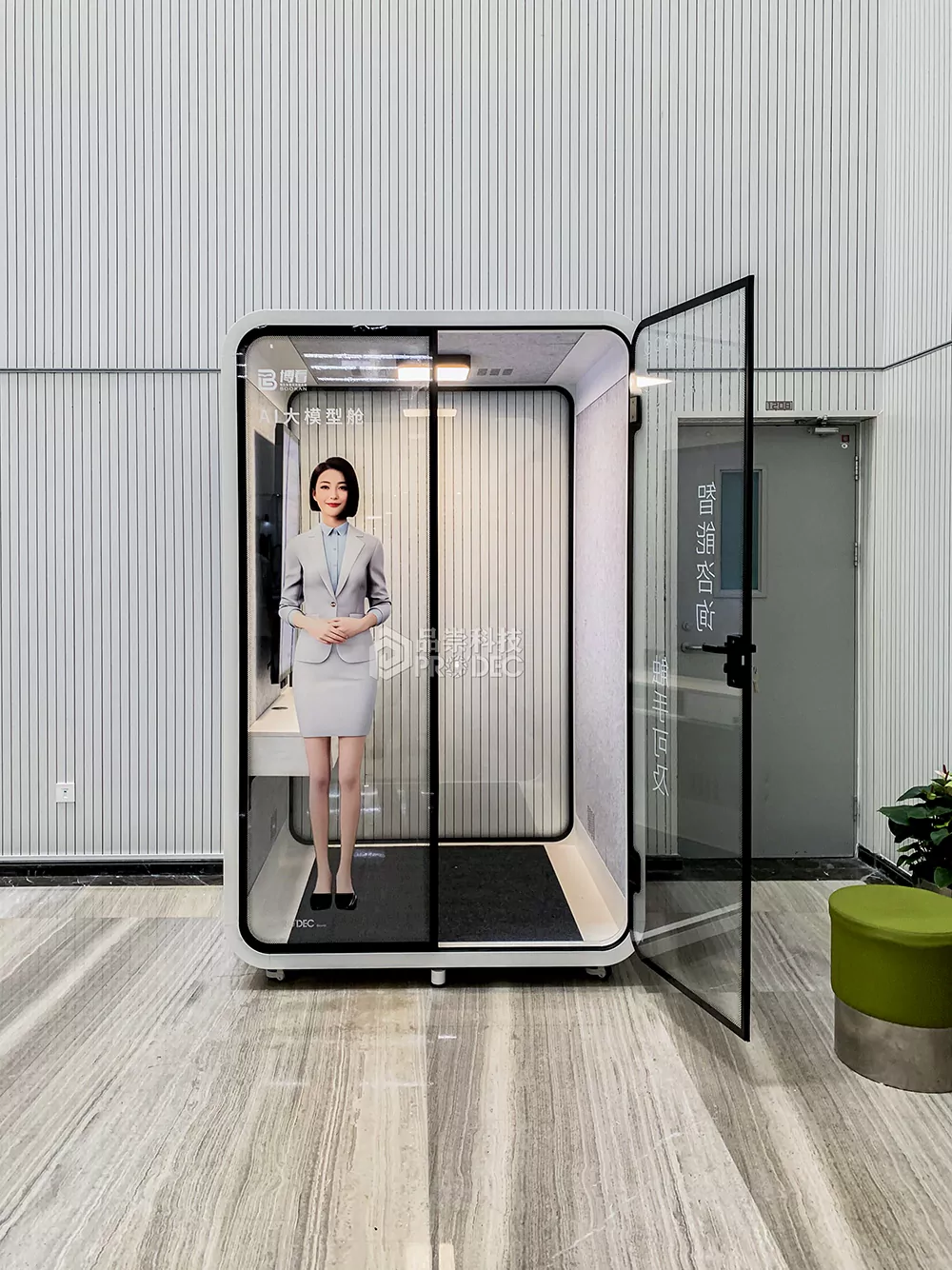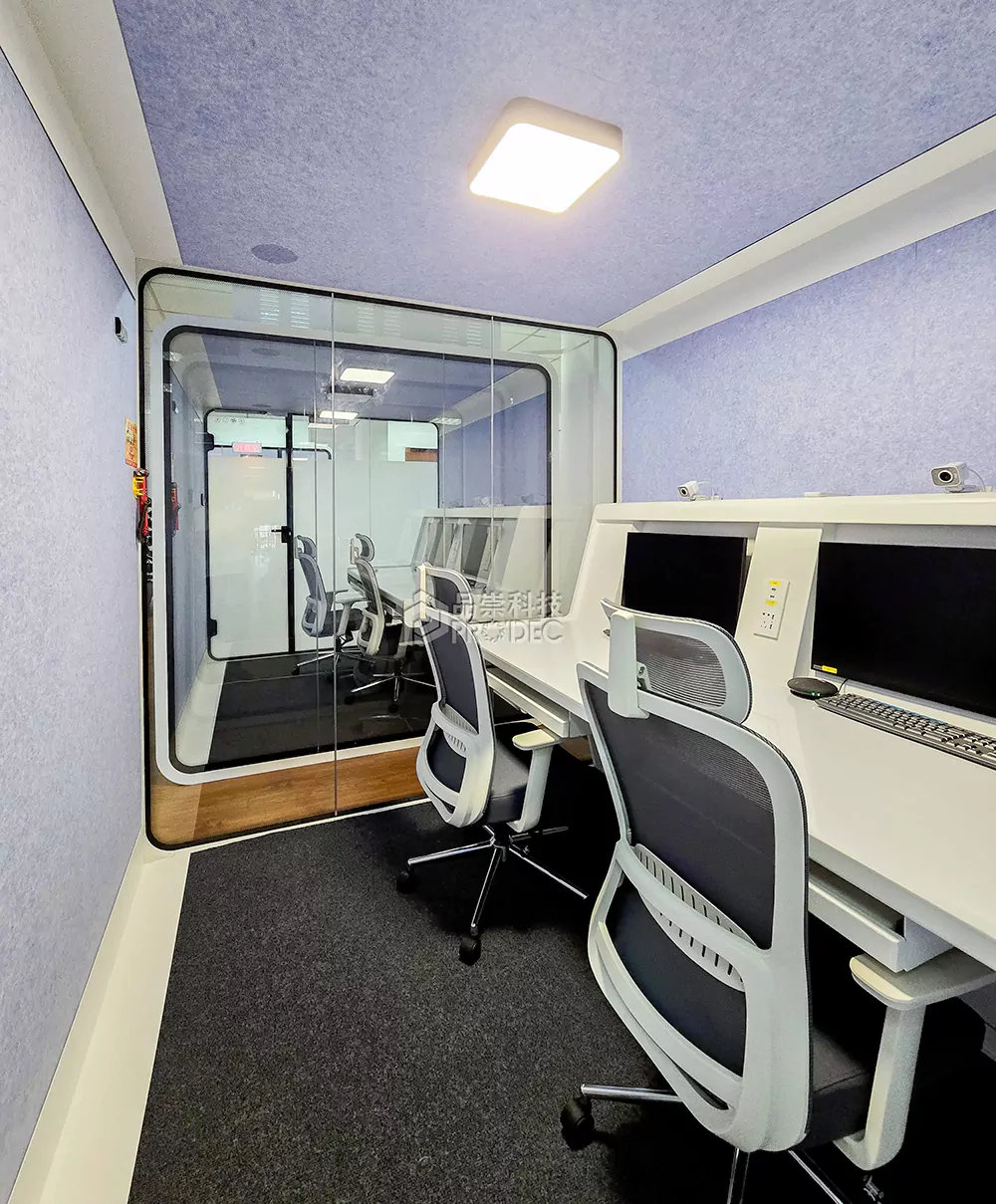Office Booths: Reclaiming Focus in the Modern Workplace
The modern office is a dynamic, often noisy, ecosystem. While open-plan layouts were designed to foster collaboration, they often come with an unintended consequence: a significant lack of privacy and quiet space. This is where the humble office booths emerges as a game-changing solution, seamlessly blending into the contemporary work environment to address its most pressing challenges.
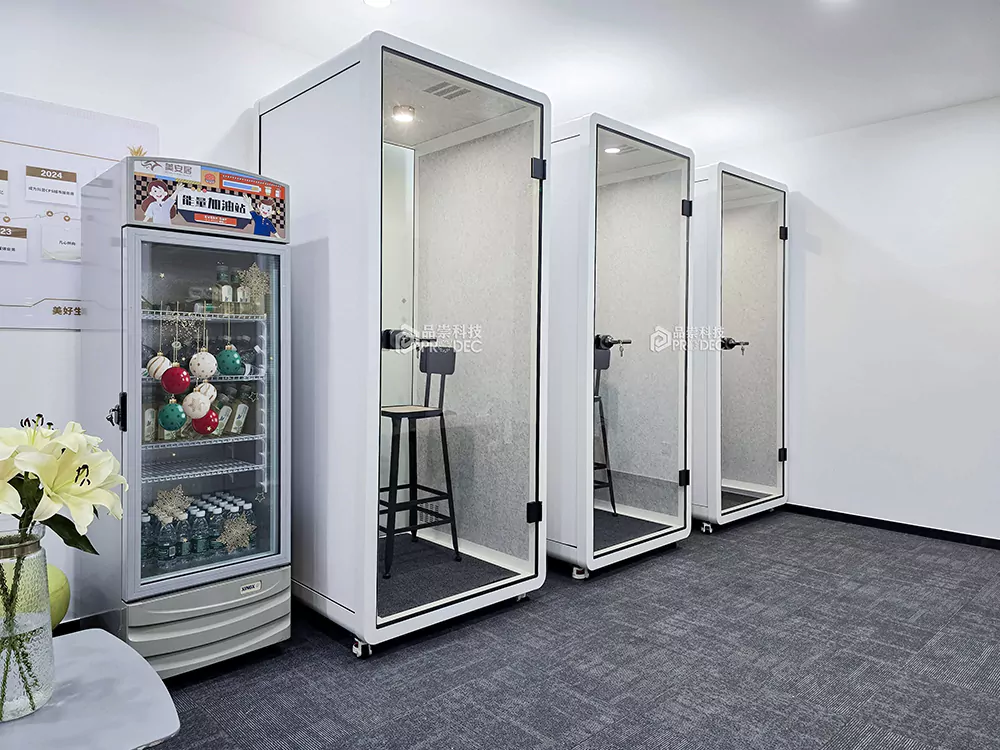
The “Why” Behind the Booth
The primary driver for the adoption of office booths is the critical need for acoustic privacy. Phone calls with clients, focused deep work, or even a confidential HR conversation all require a space free from distractions and eavesdropping. Booths provide a dedicated, sound-insulated environment where employees can speak freely and concentrate without disrupting their colleagues.
Furthermore, office booths cater to the diverse workstyles of a modern team. In an activity-based working (ABW) environment, employees fluidly move between different settings based on their task. A booth becomes the go-to spot for the “focus” activity, offering a quick escape from the buzz of the main floor without the formality of booking a large meeting room.
Versatility in Design and Function
Today’s office booths are far from the sterile, claustrophobic boxes of the past. They are designed with both aesthetics and functionality in mind.
Focus Pods: These are typically single-occupancy pods, perfect for one-on-one video calls, concentrated individual work, or a moment of mental respite. They are compact, equipped with ventilation, power outlets, and lighting, creating a personal cockpit for productivity.
Collaboration Booths: Slightly larger, these booths accommodate 2-4 people. They are ideal for small, impromptu brainstorming sessions, private interviews, or quick team huddles. Their design encourages collaboration without the noise spillover that would occur at an open desk.
Phone Booths: As the name suggests, these are optimized for calls. They often feature enhanced acoustic insulation and a simple interior to minimize distractions.
Key Design Elements to Consider
When integrating booths into an office, several factors come into play:
1. Acoustic Performance: The most crucial feature. Look for booths with high-quality sound-absorbing panels on the walls and ceiling to prevent sound from bouncing around inside, and proper sealing to block external noise.
2. Ventilation: A well-ventilated booth is a comfortable booth. Integrated, quiet ventilation systems ensure a constant supply of fresh air, making it pleasant for extended use.
3. Technology Integration: Ample power outlets and USB ports are a must. Some advanced booths even include integrated screens, webcams, and lighting controls to create a seamless video conferencing experience.
4. Aesthetics and Materials: Booths should complement the overall office design. They are available in a wide range of finishes, from sleek and minimalist to warm and wood-paneled, allowing them to be both a functional tool and a design statement.
The Future is Modular and Adaptive
The rise of hybrid work models has only solidified the importance of office booths. As the office transforms into a destination for collaboration and focused work rather than mere attendance, providing these flexible, on-demand spaces is no longer a luxury but a necessity. They are a tangible acknowledgment that a one-size-fits-all approach to office design is ineffective.
In conclusion, the office booth is a powerful antidote to the distractions of the open plan. By offering a simple, accessible, and effective way to reclaim focus and privacy, it empowers employees to do their best work. It is a small investment that pays significant dividends in productivity, employee satisfaction, and overall workplace harmony.
本文由人工智能技术生成,基于公开技术资料和厂商官方信息整合撰写,以确保信息的时效性与客观性。我们建议您将所有信息作为决策参考,并最终以各云厂商官方页面的最新公告为准。

